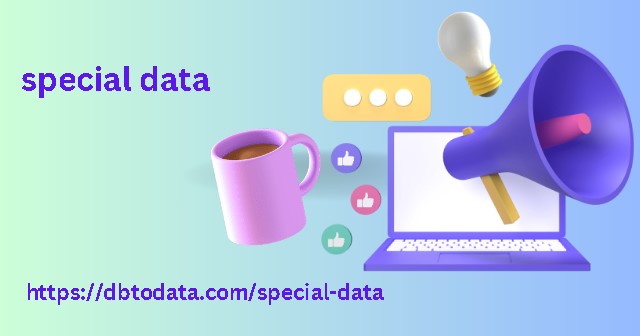In these cases, what we usually do is decide which of the two contents we want to be the one to be position and add a canonical tag (or a 301 directly) from the secondary URLs to the main one. But we know that this is not always easy.
However, did you know that
When fac with internal duplicates, Google almost always chooses the URL that is in the sitemap.xml? documentation, mentioning that it is a possible substitute for canonical tags. To do this, we only ne to have a well-made sitemap, in which we avoid including any tag that risks being cannibaliz.
That is, in these cases where several
URLs have the same content or are betting on the same keyword, we only ne to include the main URL in the sitemap, so that this is the one that Google shows in its results.
Unless our choice of main URL does not make any sense due to the links receiv (for example: we indicate a URL without internal links, leaving viber database out the URL that is link from all menus), Google will listen to us.
Let’s not fool ourselves
This is not like a canonical: it does not transfer authority and we don’t even have any guarantees that it will always listen to us (well, with change and innovation in today’s business canonicals either), but it is a secondary route to take into account when we have this type of limitations.
Sitemap indexes are the best thing you can use
Always take advantage of them! Since Sitemaps.xml are finite (they have a maximum weight and URLs) they had to come up with a way to split them into different files. To do this, there is a type of index sitemap file. These are files in which we can indicate other sitemap files. The advantages are clear: we upload a single file and from this we control all the ones we offer to Google, automating their fragmentation. In the end, trying to centralize the entire tg data sitemap in a single file has many risks.

